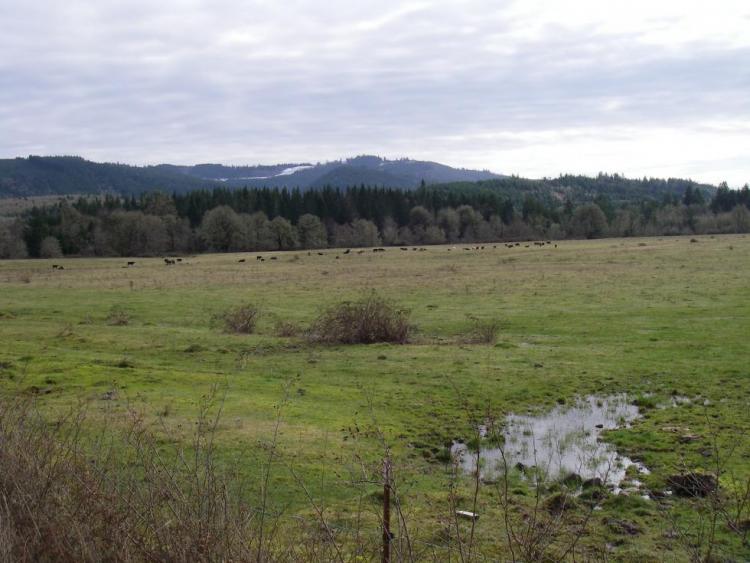
The Luckiamute and Little Luckiamute Rivers and tributary drainages and associated agricultural lands surrounding the Kings Valley Area and South of Falls City.
COA ID: 075
Ecoregions
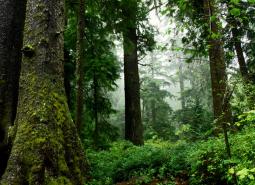
Coast Range
Oregon’s Coast Range, known for its dramatic scenery, is extremely diverse, with habitats ranging from open sandy dunes to lush forests and from tidepools to headwater streams. It follows the coastline and extends east through coastal forest to the border of the Willamette Valley and Klamath Mountains ecoregions
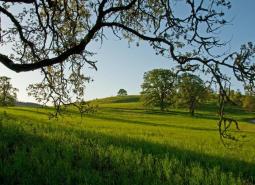
Willamette Valley
The Willamette Valley ecoregion is bounded on the west by the Coast Range and on the east by the Cascade Range. This long mostly level alluvial plain has some scattered areas of low basalt, and contrasts with productive farmland and large urban areas. It has the fastest-growing human population in the state resulting in challenges due to land-use changes.
Strategy Habitats
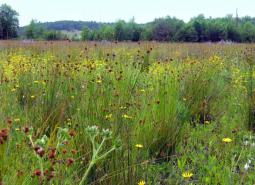
Grasslands
Grasslands include a variety of upland grass-dominated habitats, such as upland prairies, coastal bluffs, and montane grasslands.

Late Successional Mixed Conifer Forests
Late successional mixed conifer forests provide a multi-layered tree canopy, including large-diameter trees, shade-tolerant tree species in the understory, and a high volume of dead wood, such as snags and logs.
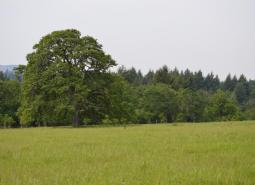
Oak Woodlands
Oak woodlands are characterized by an open canopy dominated by Oregon white oak.
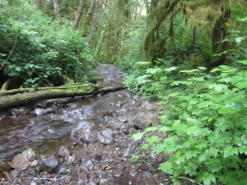
Flowing Water and Riparian Habitats
Flowing Water and Riparian Habitats include all naturally occurring flowing freshwater streams and rivers throughout Oregon as well as the adjacent riparian habitat.
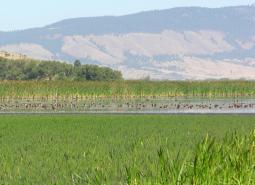
Wetlands
Wetlands are covered with water during all or part of the year. Permanently wet habitats include backwater sloughs, oxbow lakes, and marshes, while seasonally wet habitats include seasonal ponds, vernal pools, and wet prairies.
Strategy Species
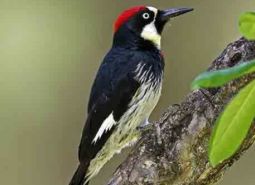
Acorn Woodpecker (Observed)
Melanerpes formicivorus
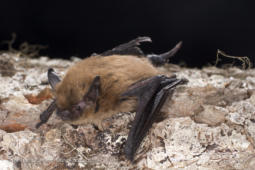
California Myotis (Modeled Habitat)
Myotis californicus
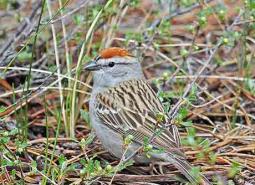
Chipping Sparrow (Observed)
Spizella passerina
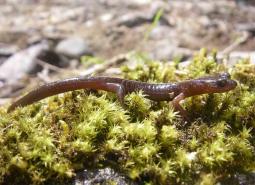
Clouded Salamander (Modeled Habitat)
Aneides ferreus

Coast Range Fawn Lily (Observed)
Erythronium elegans
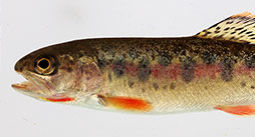
Coastal Cutthroat Trout (Documented)
Oncorhynchus clarki clarki
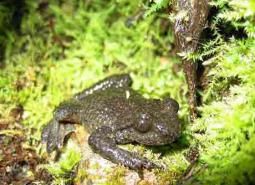
Coastal Tailed Frog (Modeled Habitat)
Ascaphus truei
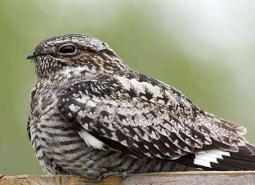
Common Nighthawk (Observed)
Chordeiles minor
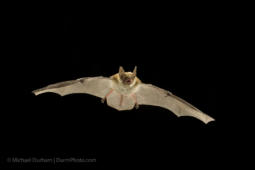
Fringed Myotis (Modeled Habitat)
Myotis thysanodes
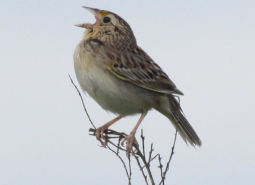
Grasshopper Sparrow (Modeled Habitat)
Ammodramus savannarum perpallidus
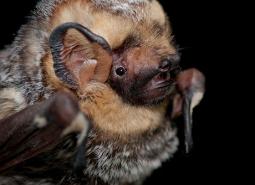
Hoary Bat (Modeled Habitat)
Lasiurus cinereus

Kincaid’s Lupine (Observed)
Lupinus oreganus
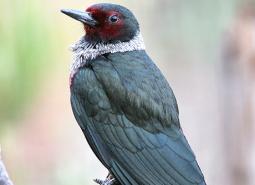
Lewis’s Woodpecker (Observed)
Melanerpes lewis
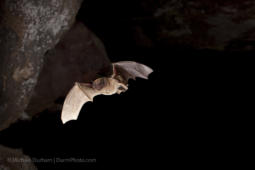
Long-legged Myotis (Modeled Habitat)
Myotis volans
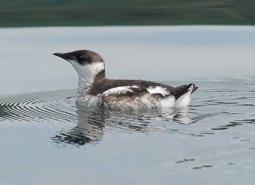
Marbled Murrelet (Modeled Habitat)
Brachyramphus marmoratus

Nelson’s Checkermallow (Observed)
Sidalcea nelsoniana
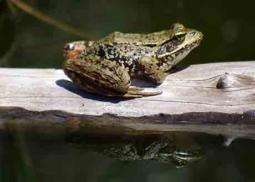
Northern Red-legged Frog (Observed)
Rana aurora
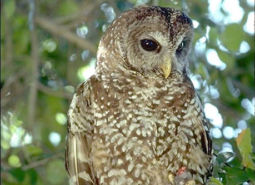
Northern Spotted Owl (Observed)
Strix occidentalis caurina
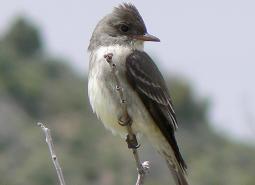
Olive-sided Flycatcher (Observed)
Contopus cooperi
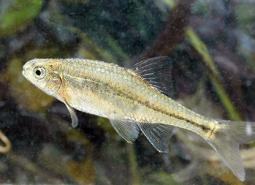
Oregon Chub (Documented)
Oregonichthys crameri
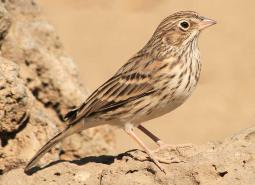
Oregon Vesper Sparrow (Observed)
Pooecetes gramineus affinis
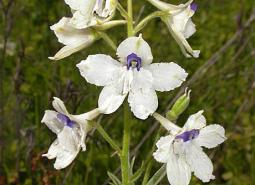
Peacock Larkspur (Observed)
Delphinium pavonaceum
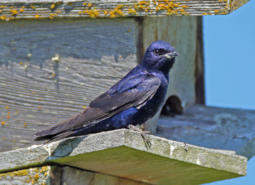
Purple Martin (Observed)
Progne subis arboricola
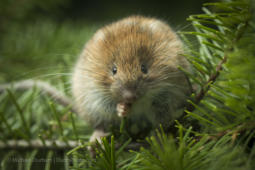
Red Tree Vole (Observed)
Arborimus longicaudus
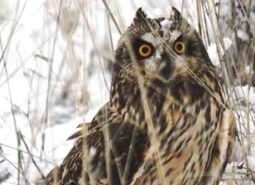
Short-eared Owl (Observed)
Asio flammeus flammeus

Silver-haired Bat (Modeled Habitat)
Lasionycteris noctivagans

Southern Torrent Salamander (Observed)
Rhyacotriton variegatus
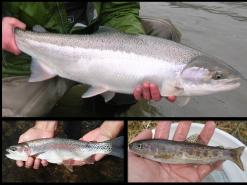
Steelhead / Rainbow / Redband Trout (Documented)
Oncorhynchus mykiss ssp
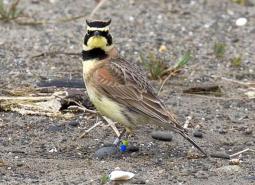
Streaked Horned Lark (Observed)
Eremophila alpestris strigata
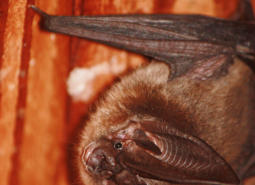
Townsend’s Big-eared Bat (Modeled Habitat)
Corynorhinus townsendii
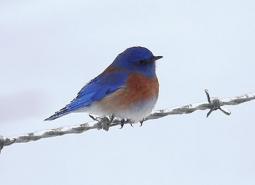
Western Bluebird (Observed)
Sialia mexicana
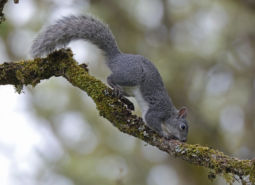
Western Gray Squirrel (Modeled Habitat)
Sciurus griseus
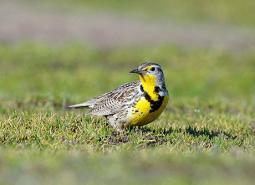
Western Meadowlark (Observed)
Sturnella neglecta
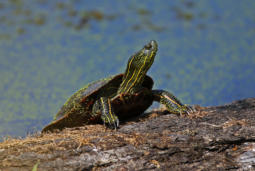
Western Painted Turtle (Modeled Habitat)
Chrysemys picta bellii

Northwestern Pond Turtle (Observed)
Actinemys marmorata
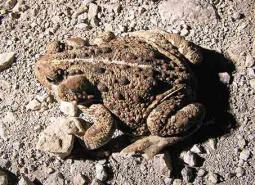
Western Toad (Modeled Habitat)
Anaxyrus boreas
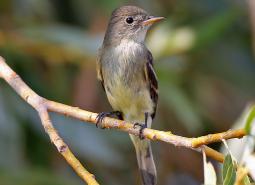
Willow Flycatcher (Observed)
Empidonax traillii
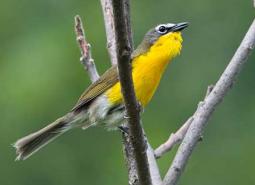
Yellow-breasted Chat (Observed)
Icteria virens auricollis